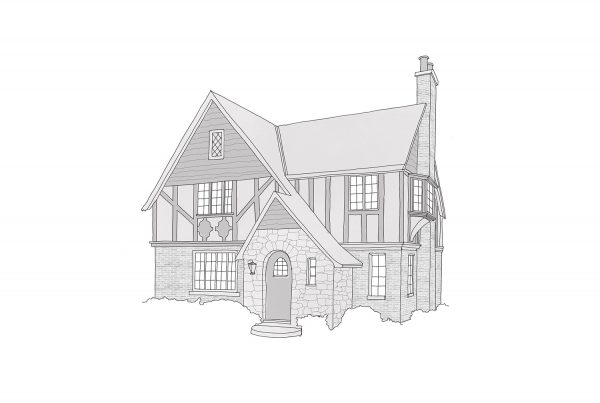SUSTAINABILITY PROGRAMS
OCTOBER 1, 2020
WHAT ARE SUSTAINABILITY PROGRAMS
Sustainability Programs are initiatives that provide standards to help owners, designers, and construction consultants achieve healthy and high-performing sites, buildings, and interiors. By standardizing a set of guidelines that can apply at different stages of construction as well as throughout the life of the project, sustainability programs can help to provide layers of accountability and integrity to design.
WHY PURSUE A GREEN CERTIFICATION?
The construction of buildings alone are responsible for over one-third of global energy consumption, and about 40% of total direct and indirect CO2 emissions.1 Certifying your site, building, or interior space with one of the many green rating or certification programs provides verification that your company values the future of our planet. Whether this is a moral choice, an internal education tool, or a marketing tool for businesses and owners, it expresses the standards and goals you have for your company or personal lifestyle. In terms of direct benefits, there’s clear environmental benefits, but businesses have found economic benefits as well. Typically, sustainable buildings as a whole are less expensive to operate, have excellent energy performance which cut costs, and have happier and healthier occupants.
To help navigate the long list of Sustainability Programs out there, the following are commonly used and respected certification and rating systems for your consideration:
GREEN BUILDING PROGRAMS LIST
LEED Rating System
U.S. Green Building Council (USGBC)
LEED (Leadership in Energy and Environmental Design) was developed by a non-profit organization called the United States Green Building Council (USGBC) and has now gained recognition as one of the most popular sustainability certification programs worldwide. The system includes a set of rating criteria for design, construction, operation, and maintenance, to help evaluate a building’s environmental impact. It welcomes all types of projects including residential, commercial, retail, new construction, existing buildings, interiors only, neighborhood developments, etc.
Key Principles / Areas of Focus
Each program associated with LEED has a point-based system, which determine the project certification level (certified, silver, gold, and platinum). The amount of points a project can earn are organized into 8 categories / areas of focus which include: location and transportation, sustainable sites, water efficiency, energy and atmosphere, materials and resources, indoor environmental quality, innovation, and regional priority.

ENERGY STAR
Energy Star is a program created by the U.S. Environmental Protection Agency (EPA) and Department of Energy (DOE) that focuses to assess a building’s energy consumption and water use. Energy Star is well-known for their product certification program as well. The building certification program gathers information nationwide on building energy efficiency and water use, which serves as a standard for comparison. Using buildings with similar characteristics, the program does a comparison analysis and assigns an Energy Star Score that represents the efficiency of the building. For example, a rating of 25 would indicate that the building performs better than 25% of comparable buildings within the United States.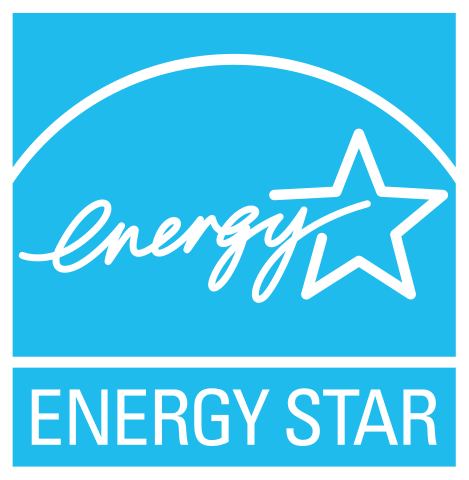 To receive an Energy Star certification, a building must receive a score of at least 75 or more.
To receive an Energy Star certification, a building must receive a score of at least 75 or more.
This program encompasses many different project types from new to existing. Some eligible project types include but are not limited to warehouses, manufacturing facilities, offices, hospitals, hotels, schools, single-family residences, multi-family residences, retail, senior care centers, grocery stores, and places of worship.
LIVING BUILDING CERTIFICATION
INTERNATIONAL LIVING BUILDING INSTITUTE
The Living Building Certification is one of many different green certification programs that the International Living Future Institute has available. Their main goal is to create a global community of designers who design for the future. The Living Building Certification in particular creates a streamline approach to regenerative design by providing guidelines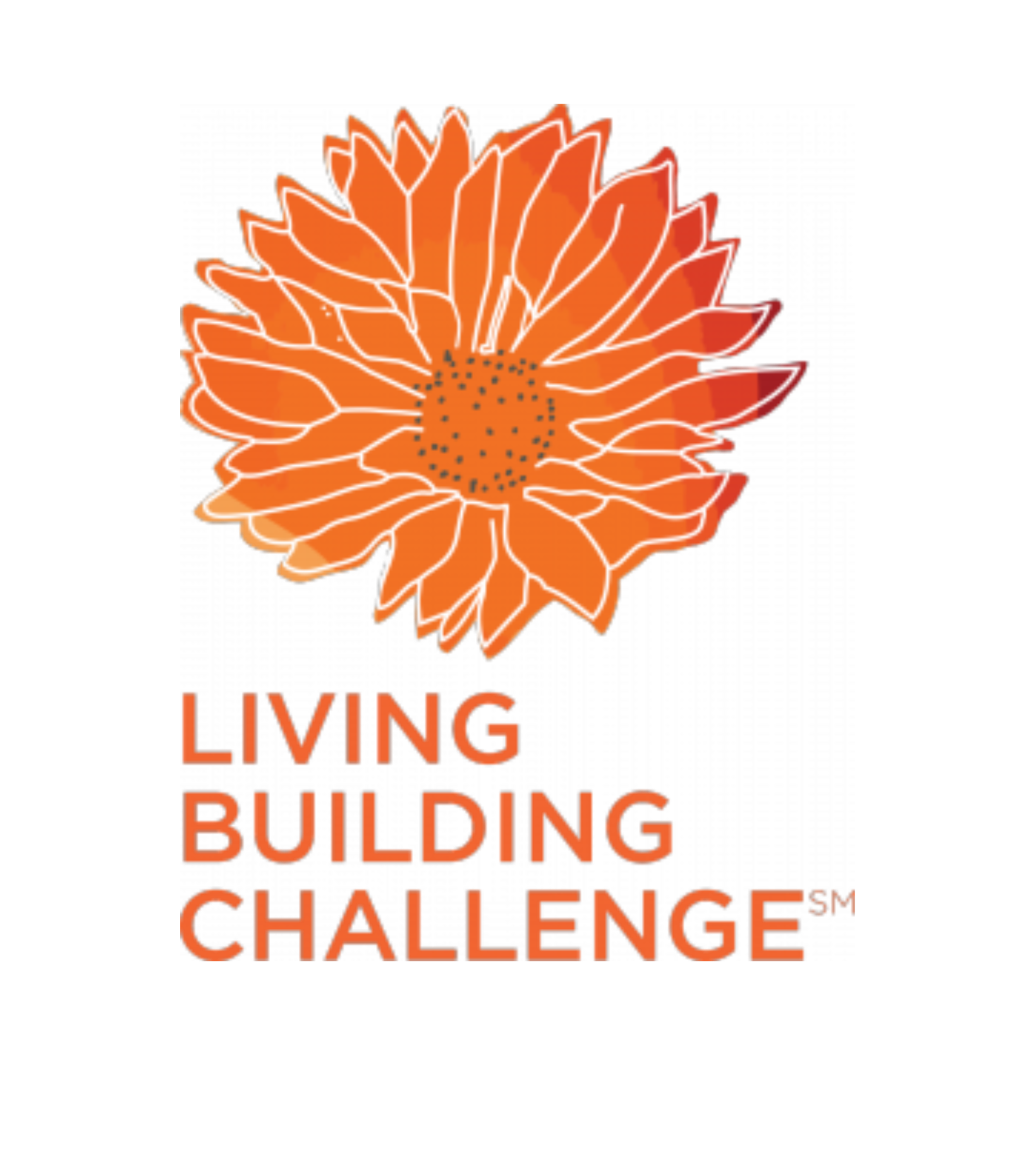
Key Principles / Areas of Focus
To qualify for a Living Building Certification, you must meet qualifications organized into seven performance areas. These categories are referred to as petals, and are meant to be seen as cohesive ideas that work together to create a sustainable building. The performance areas include place, water, energy, health and happiness, materials, equity, and beauty.
Summary of Attributes
- Net positive
- Resilient energy systems
- Fully integrated design
- Stronger focus on naturally (rather than electrical) derived services
- 105% of building energy sourced from on-site renewable energy
- Combustion energy is prohibited (with exceptions)
- Pathway for off-site renewables for high energy building types
- Performance based
- All building types qualify
LIVING COMMUNITY CERTIFICATION
INTERNATIONAL LIVING BUILDING INSTITUTE
The Living Community Certification is one of many different green certification programs that the International Living Future Institute has available. Similar to the Living Building Certification, the Living Community Certification strives for a global call for action to governments, planners, and developers to create spaces that act like ecosystems. However, this challenge works more like a framework for large scale projects that seek to create healthy lifestyles within a community. 
Key Principles / Areas of Focus
To qualify for a Living Building Certification, you must meet qualifications organized into seven performance areas. These categories are referred to as petals, and are meant to be seen as cohesive ideas that work together to create a sustainable community. The performance areas include place, water, energy, health and happiness, materials, equity, and beauty.
Summary of Attributes
- Net positive
- Resilient energy systems
- Fully integrated design
- Stronger focus on naturally (rather than electrical) derived services
- 105% of building energy sourced from on-site renewable energy
- Combustion energy is prohibited (with exceptions)
- Pathway for off-site renewables for high energy building types
- Performance based
- All building types qualify
ZERO ENERGY CERTIFICATION
INTERNATIONAL LIVING BUILDING INSTITUTE
The Zero Energy Certification is one of many different green certification programs that the International Living Future Institute has available. This program requires all energy to be sourced from renewable sources, while remaining on-site. Compared to the Living Building Challenge, this program allows for more flexibility and less overall integration of sustainable lifestyle goals, while still providing a strict set of guidelines when it comes to energy use.
Summary of Attributes
- 100% of building energy sourced from on-site renewable energy
- Combustion energy is prohibited (with exceptions)
- Pathway for off-site renewables for high energy building types
- Performance based
- All building types qualify

ZERO CARBON CERTIFICATION
INTERNATIONAL LIVING BUILDING INSTITUTE
The Zero Carbon Certification is one of many different green certification programs that the International Living Future Institute has available. This program certifies that a building is carbon neutral, and has top tier efficiency. Compared to the Zero Energy Certification program, this program provides much more flexibility around project fuel types allowing for off-site energy options. Essentially, this certification is a tool to highlight very efficient buildings, who primarily use renewable energy regardless of where it’s generated.
Summary of Attributes
- 100% of building energy sourced from on or off-site renewable energy
- Combustion energy is allowed for existing buildings
- Best-in-class energy efficiency required
- Performance based
- All building types qualify

CORE GREEN BULIDING CERTIFICATION
INTERNATIONAL LIVING BUILDING INSTITUTE
![]() The Core Green Building Certification is one of many different green certification programs that the International Living Future Institute has available. To qualify, the building must meet 10 best practice achievement imperatives. These imperatives fit seamlessly into the requirements for the Living Building Challenge; this means the CORE program is meant to be both a stand-alone program, and an integral part of the Living Building Challenge. The key difference is that this program is more easily achievable than the Living Building Challenge, while still keeping key principles in place.
The Core Green Building Certification is one of many different green certification programs that the International Living Future Institute has available. To qualify, the building must meet 10 best practice achievement imperatives. These imperatives fit seamlessly into the requirements for the Living Building Challenge; this means the CORE program is meant to be both a stand-alone program, and an integral part of the Living Building Challenge. The key difference is that this program is more easily achievable than the Living Building Challenge, while still keeping key principles in place.
Key Principles / Areas of Focus
- Place: Ecology of place – protect wild and ecological significant places and encourage ecological regeneration
- Place: Human-scaled living – contribute to pedestrian-oriented communities that reduce fossil fuels
- Water: Responsible water use – minimize waste and use of potable water, while avoiding pollution
- Energy: Reduction in energy and carbon – achieve a reduction in total net annual energy consumption
- Health: Healthy interior environment – promote good indoor air quality and healthy interior environment
- Materials: Responsible materials – demonstrate a positive impact on building product selection
- Equity: Universal access – all parts of project should be equally accessible to all members of the public
- Equity: Inclusion – projects must have a JUST label for at least two project teams
- Beauty: Biophilia – projects must nurture the innate human/nature connection
- Beauty: Education – projects need to provide educational materials about operation and performance
REVEAL | TRANSPARENCY LABEL
INTERNATIONAL LIVING BUILDING INSTITUTE
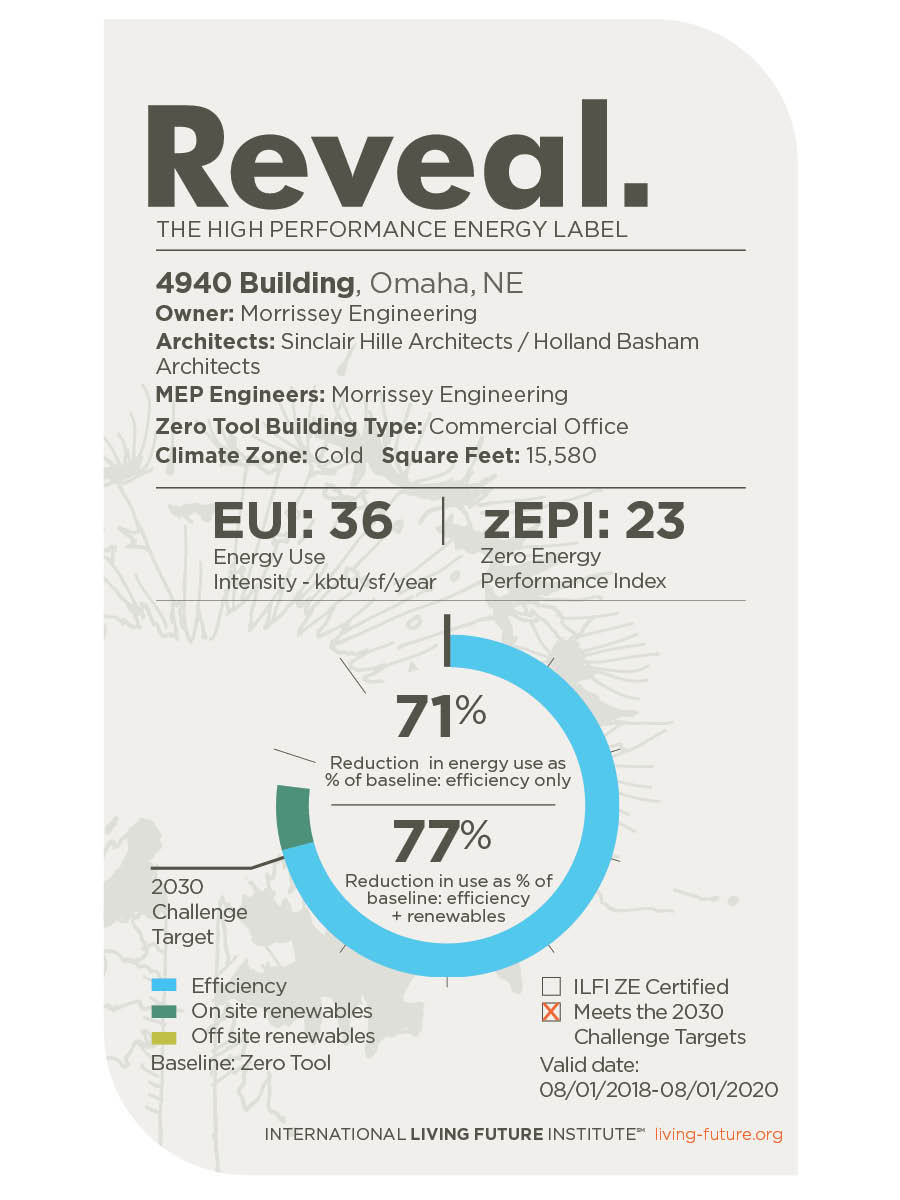
The Reveal label is one of many different green programs that the International Living Future Institute has available. The Reveal label is an easy-to-understand energy performance label that offers full transparency into a building and business’s energy efficiency. The label provides three separate metrics: energy use intensity, the zero energy performance index, and reduction in energy use from baseline. The only requirement to qualify for this label is that projects must have 12 months of verifiable energy consumption data. This program can be utilized by any building type worldwide, and do not require any sort of certification under other ILFI programs. Typically, Reveal labels are sought out to demonstrate the commitment designers, owners, engineers, or investors have in a low carbon future.
BREEAM
BRE Group
BREAAM is a sustainability assessment developed by UK based company, the Building Research Establishment (BRE Group). With a mission to improve buildings and infrastructure through a green perspective, BREAAM provides certification to demonstrate high environmental, social, and economic performance. Working internationally, this certification program has over 2 million registered projects all over the world, and certifies community master planning projects, infrastructure, and buildings. New construction and existing renovated or refurbished spaces all qualify for certification as well.
Key Principles / Areas of Focus
This certification program offers certifications under pass, good, very good, excellent, and outstanding. The metrics in which they reach a certification status include an analysis in the following topics:
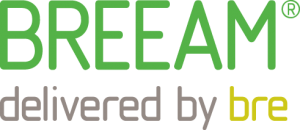
- Energy
- Water
- Health and wellbeing
- Pollution
- Transportation
- Materials
- Waste
- Land use and ecology
- Management processes
CEEQUAL
BRE Group
CEEQUAL is another sustainability assessment acquired by UK based company, the Building Research Establishment (BRE Group). Originally, it was designed by UK group, Institution of Civil Engineers (ICE). CEEQUAL was specifically acquired to provide specification, design, and construction of civil engineering projects an evidence-based sustainability certification program. The program works internationally, and focuses on improving the sustainability in projects dealing with landscaping and resource efficiency, rather than buildings themselves.
Key Principles / Areas of Focus
This certification program offers certifications under pass, good, very good, excellent, and outstanding. The metrics include 200 questions that relate to the environmental, and social aspects of a project. The following topics are those included within those questions:
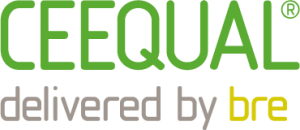
- Energy and land
- Water
- Impacts on ecology
- Landscape
- Neighbors
- Archaeology
- Waste management and minimization
- Community relations and amenities
GREEN GLOBES
Green Building Initiative (GBI)
Golden Globes is a sustainability assessment developed by the Green Building Initiative (GBI). This nationally recognized program provides guidance for green building design, operation and management. The certification process claims that it will help reduce operating costs, qualify for tax incentives and utility rebates, meet government regulations, attract and retain employees, and increase the property’s marketability. This program offers a variety of different certification types including New Construction (NC), Core & Shell (C&S), Existing Buildings (EB), Sustainable Interiors (SI), Multi-family New Construction (NC), and Multi-family Existing Building (EB). It specifically caters to commercial and multi-family certification.
Key Principles / Areas of Focus
Green Globe certified buildings will receive one of four ratings: four green globes, three green globes, two green globes, or one green globe. Each type of certification (I.e. NC, C&S, etc.) has different point allocation categories, but below are a list of compiled categories from the different certification types.

- Project Management
- Site
- Energy
- Water Efficiency
- Materials & Resources
- Emissions & Other Impacts
- Indoor Environment
- Project Management
WELL CERTIFICATION
The Well building standard is a program created by the International WELL Building Institute (IWBI). Traditionally, green building programs evaluate things like energy and water use. WELL takes that a step further and specifically certifies building’s on their effectiveness to provide spaces that improve human health and the well-being of its users. Both new and existing buildings qualify for certification, as well as just interiors, or just core and shell. Project types can include, but are not limited to retail, multi-family residential, educational facilities, restaurants, and commercial spaces.
Key Principles / Areas of Focus
WELL certified buildings will receive one of three levels of certifications: silver, gold, or platinum. To qualify for certification, a project must receive passing scores in all of the following 10 key concepts:

- Air
- Water
- Nourishment
- Light
- Movement
- Thermal Comfort
- Sound
- Materials
- Mind
- Community
SITES
Green Business Certification Inc. (GBCI)
SITES is a sustainability assessment administered by the Green Business Certification Inc. (GCBI). This program compliments the U.S. Green Building Council’s (USGBC) LEED green building program by keeping many key principles parallel to one another; It may be used as an add-on program to LEED, or an independent certification. SITES offers a framework to align land development and management with innovative sustainable design. This program sets standards for sustainable land, ranging from development projects with or without buildings; This includes open spaces, parks, streetscapes, plazas, retail, offices, corporate campuses, neighborhoods, yards, educational facilities, museums, and hospital campuses. Beginning the process at pre-design development, a project pursuing SITES certification is developed to reduce water demand, conserve or restore natural resources, enable wildlife habitat, reduce energy consumption, and promote human health and wellbeing.
Key Principles / Areas of Focus
This certification program offers certifications levels that include SITES Certified, SITES Silver, SITES Gold, SITES Platinum. The metrics to determine what certification a project gets include topics such as:
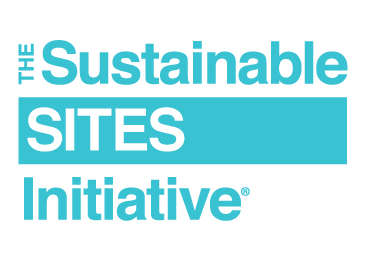
- Site Context
- Pre-Design Assessment and Planning
- Water Management
- Soil and Vegetation
- Material Selection
- Human Health and Wellbeing
- Construction Sustainability and Pollutants
- Operations and Maintenance Plan
- Education and Performance Monitoring
- Innovation or Exemplary Performance
TRUE
Green Business Certification Inc. (GBCI)
TRUE is a zero waste certification program administered by the Green Business Certification Inc. (GCBI). Zero waste means diverting all solid waste from landfills, incineration, and the environment. Pursuing a TRUE certification enables facilities to reduce their carbon footprint by achieving their zero waste goals, and in-turn supporting public health. This certification process revolves around a whole system approach that aims at managing how materials are used and reused, and is based on performance. Eligible project types include commercial, retail, educational facilities, government agencies, nonprofit facilities, and even public or private events or gatherings such as conferences, festivals, entertainment, or sporting events.
Key Principles / Areas of Focus
This certification program offers certifications levels that include TRUE Certified, TRUE Silver, TRUE Gold, TRUE Platinum. The metrics to determine what certification a project gets include topics such as:
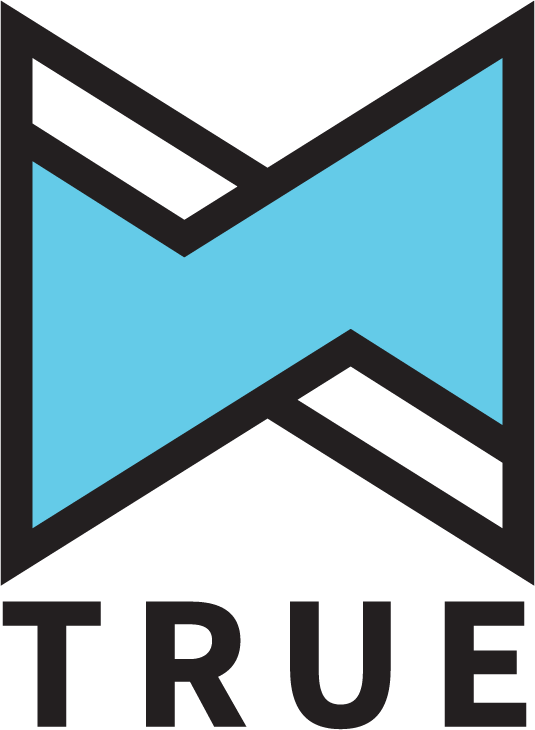
- Redesign
- Reduce
- Reuse
- Compost (Re-earth)
- Recycle
- Zero waste reporting
- Diversion from landfill and incineration
- Zero waste purchasing
- Leadership
- Training
- Zero waste analysis
- Upstream management
- Hazardous waste prevention
- Closed loop
- Innovation
PEER
Green Business Certification Inc. (GBCI)
PEER, or Performance Excellence in Electricity Renewal, is a sustainable energy system certification program administered by the Green Business Certification Inc. (GCBI). Their goal is to provide a framework for power system performance and electricity infrastructure within buildings, to improve efficiency, reliability, and overall resiliency when it comes to climate change. The program reviews things like electricity renewal, power generation, and transmission and distribution systems. The program allows most project types to pursue certification, including healthcare facilities, corporate campuses, airports, transit systems, distribution centers, and more.
Key Principles / Areas of Focus
This certification program offers certifications levels that include PEER Certified, PEER Silver, PEER Gold, PEER Platinum. The metrics to determine what certification a project gets include topics such as:
- Reliability and Resiliency
- Energy Efficiency and Environment
- Operations, Management, and Safety
- Grid Services
- Regional Priority
- Innovation and Exemplary Performance

EDGE
Green Business Certification Inc. (GBCI)
EDGE is a resource efficiency certification program administered by the Green Business Certification Inc. (GCBI). EDGE was developed by the International Finance Corporation (IFC), to enable developers and builders design cost-effective ways to reduce energy consumption, water use, and embodied footprint of construction materials. Originally, this program was designed for projects in developing nations where complex certifications have been proven to be difficult to achieve.
Key Principles
This certification program offers a few different certification levels. The first and most basic level of certification is EDGE Certified, which requires a building to demonstrate a 20% reduction in consumption energy and water, as well as a reduction of energy embodied in materials. EDGE Advanced is the next level of certification, requiring buildings to demonstrate the same requirements as EDGE Certified, as well as a 40% reduction in energy consumption. The most prestigious certification with this program is EDGE Zero Carbon which requires the same things as the previous levels with an additional requirement of becoming carbon neutral by using 100% renewable energy and carbon offsets.
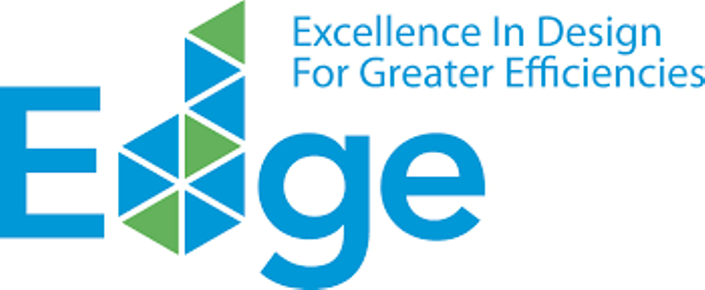
GREENGUARD
UL Environment
Greenguard is an independent, third-party, non-profit building assessment created by UL Environment to help maintain healthy indoor spaces. Greenguard was originally created by Air Quality Sciences, Inc. (an indoor air quality firm) in 2001, and was later acquired by UL Environment in 2011. Greenguard focuses on offices, commercial spaces, educational facilities centered on children, and medical facilities. To get certified, all products and materials within a project must meet field-validated and performance standards, as well as pass routine UL inspector indoor air quality tests. You’ll find that more than 200,000 products and materials have already been certified to be used in Greenguard projects, with science-based knowledge that they don’t produce volatile organic compounds (or VOCs), unhealthy for enclosed spaces. UL suggests that adopters of the program will enhance the perceptions and moral of building occupants, and maintain safe and healthy spaces.
While Greenguard certification is offered for buildings, the program can also be used simply to spec sustainable products for projects that plan to gain certification with other green building programs like LEED.
Key Principles / Areas of Focus
There are two main certification levels: Greenguard Certified, and Greenguard Gold Certified. Greenguard Certified products allow up to 500 μg/m3 total VOCs, while Greenguard Gold Certified products allow 220 μg/m3 total VOCs. The following are products that should be considered when attempting to get Greenguard certification:
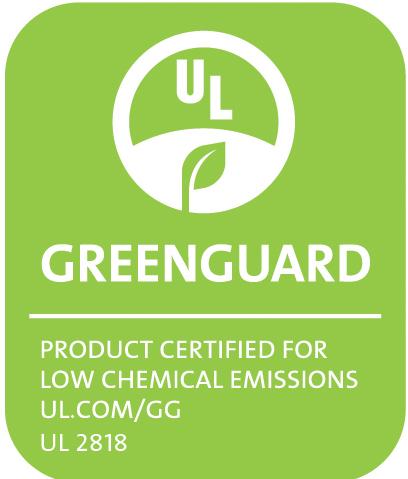
- Building shell materials and insulation
- Flooring
- Cabinets
- Glues, caulks, and fasteners
- Paint and sealers
- Furniture
- Electronic equipment
- Cleaning and maintenance products
B CORP
B Lab
B Corporation (Benefit Corporation) is a social and environmental certification developed and administered by B Lab, a global nonprofit organization that aims to create business that add a value to society and not just stakeholders. This certification is not for buildings or spaces, but rather, for profit companies and products. The goal of this certification is to give businesses and products the ability to be completely transparent about how their business impacts workers, community, environment, and customers. Things that are considered during evaluation are supply chains, materials, and employee benefits.
Key Principles / Areas of Focus
B Corp certification requirements differ based on the size and structure of the company. The B Corp certification is given once the B Impact Assessment (BIA), and Disclosure Questionnaire are completed and determined you meet the standards of certification. The following are the four categories all B Impact Assessment (BIA) relate to: 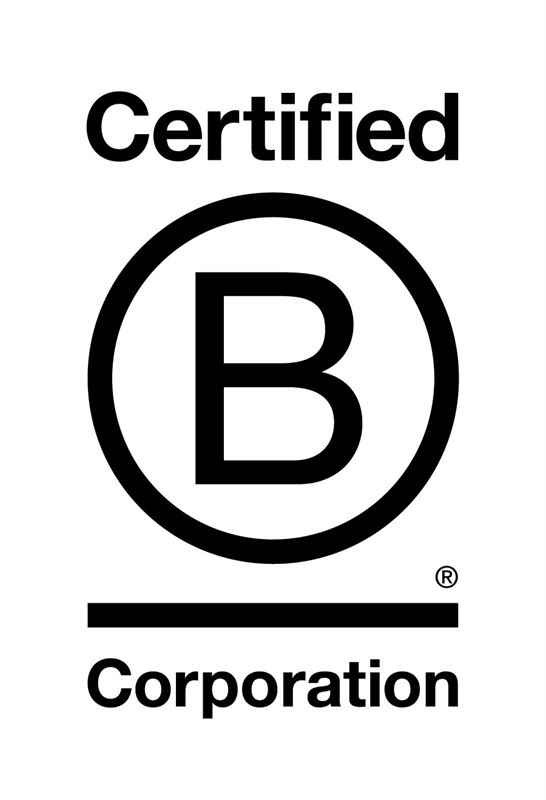
- Governance
- Workers
- Community
- Environment
SUSTAINBLE DEVELOPMENT GOALS
The United Nations
The Sustainability Development Goals (SDG) are a set of environmental and social justice guidelines adopted by all UN Member States, as part of the 2030 Agenda for Sustainable Development (different from Architecture 2030). The goals outline a blueprint to achieve a more sustainable future, as well as address global challenges like poverty, inequality, climate change, environmental degradation, peace, and justice. There’s no tangible certification that’s given through the Sustainability Development Goals. Instead, their purpose is to serve as a set of universal principles for developers, designers, business owners, etc.
17 Sustainability Goals
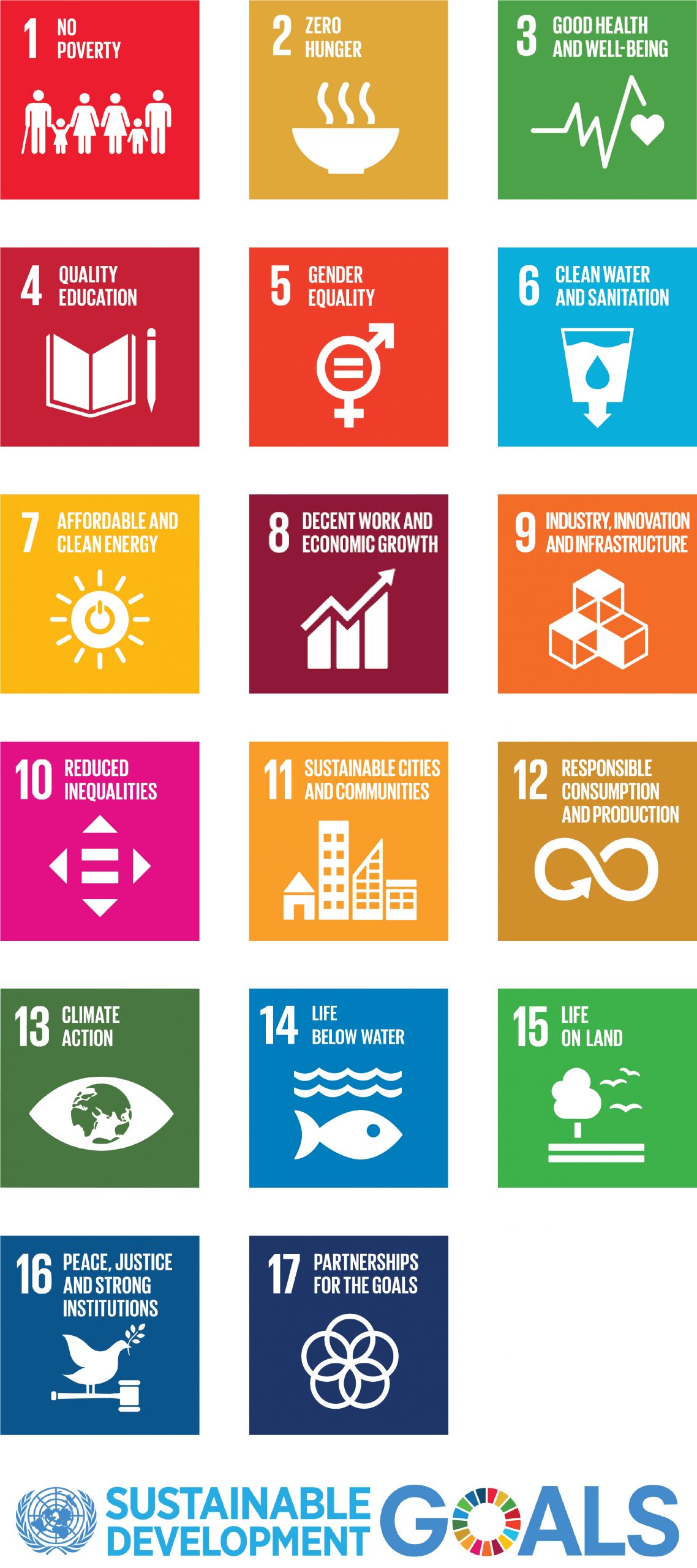
THE 2030 CHALLENGE
Architecture 2030 and Architect Edward Marzria
The 2030 Challenge is a set of guidelines established in 2002, meant to work as a global target for implementing innovative sustainable design strategies. The challenge was issued by a program called Architecture 2030, originally founded by architect Edward Marzria. This program does not offer any sort of certification. Their hope is that by the year 2030, all new buildings and renovations are carbon-neutral to eliminating emissions that add to climate change. This program carefully follows targets laid out by the Paris Climate Agreement, and has lead to the American Institute of Architects (AIA) embracing the 2030 challenge. The 2030 Challenge hopes that the reduction of fossil fuels will increase to:
- 60% in 2010
- 70% in 2015
- 80% in 2020
- 90% in 2025
- Carbon-neutral by 2030 (zero fossil fuels, GHG emitting energy to operate)
Key Principles / Areas of Focus
The 2030 Challenge has developed a set of guidelines, which will help projects and companies achieve their expressed carbon-neutral goals. The following are those guidelines:
- Establish an EUI (Energy Use Intensity) baseline & target with the Zero Tool
- Apply low/no cost passive design strategies to achieve maximum energy efficiency. Resource: 2030 Palette.
- Integrate energy efficient technology and systems
- Incorporate on-site and/or off-site renewable energy to meet the remaining energy demands
- Engage in interactive energy modeling throughout the entire design process to understand the interactive effects of various design decisions and asses progress towards meeting the EUI target.
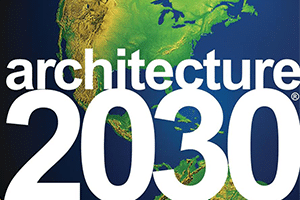
RECENT POSTS / VIEW ALL POSTS
Recent Posts / View All Posts

